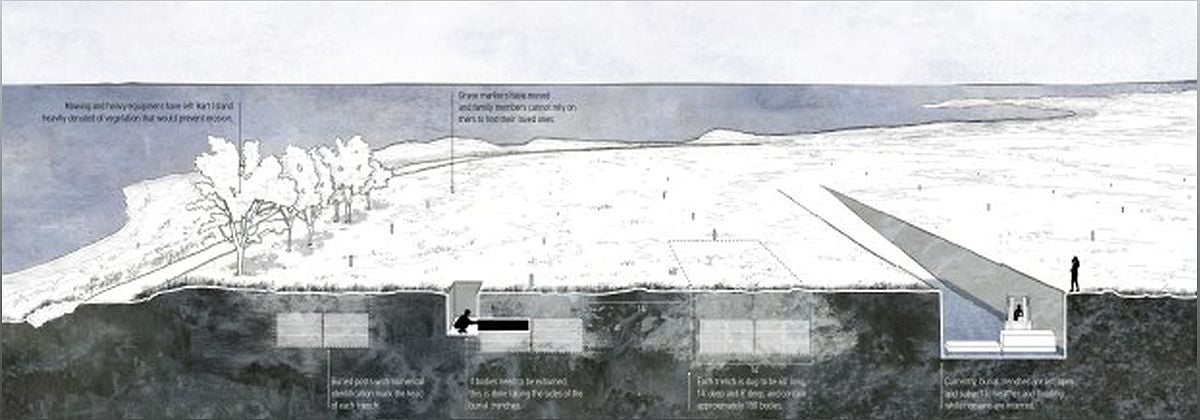The Future of Hart Island Cemetery: Reimagining Burial Practices for a Sustainable and Dignified Approach
Last Tuesday marked a significant milestone as urban park rangers conducted the first public tour of Hart Island, New York City’s public burial ground. However, the tour only covered the north part of the island, leaving out the gravesites from the last 34 years and the anonymous AIDS graves. While Hart Island has gained attention due to drone videos revealing mass burials during the pandemic, a recent burial capacity study raises concerns about the island’s future. In this article, we will explore the challenges faced by Hart Island and propose a sustainable and dignified approach to burial practices.
The History and Significance of Hart Island
Explore the rich history and significance of Hart Island as New York City’s public burial ground.
Hart Island, located half a mile east of City Island in the Bronx, has served as New York City’s public burial ground since 1872. Initially used to bury deceased prisoners, it later became a resting place for unclaimed bodies and those unable to afford private burials.
Over the years, Hart Island has witnessed the burial of thousands of individuals, including victims of the AIDS epidemic. Its history is intertwined with the city’s social and cultural fabric, making it a significant site to understand the past and present of New York City.

Challenges Faced by Hart Island
Discover the challenges that Hart Island faces in terms of burial practices and its impact on the environment.
While Hart Island has provided a final resting place for many, its current burial practices raise concerns. The use of large trenches for mass burials, the lack of proper grave documentation, and the denuded landscape resulting from heavy equipment usage pose challenges to both the dignity of the deceased and the island’s ecology.
Furthermore, the recent burial capacity study conducted by the city Human Resources Administration highlights the need for a sustainable approach to burial practices on Hart Island.
Rethinking Burial Practices for Sustainability
Explore the need to reimagine burial practices on Hart Island for a more sustainable and environmentally friendly approach.
Hart Island’s natural burials offer a unique opportunity to adopt more sustainable practices. By considering individual plots and grave reuse, the island can minimize its ecological impact and restore its natural beauty.
Implementing a “lift and deepen” approach, where exhumed remains are placed underneath new graves, can ensure that the location of the body remains unchanged. This method, practiced in other parts of the world, allows for the safe and dignified burial of individuals while maximizing the limited space available on Hart Island.
Preserving Dignity and Honoring the Deceased
Learn about the importance of preserving dignity and honoring the lives of those buried on Hart Island.
Every individual deserves to be laid to rest with dignity and respect. Hart Island should strive to create an environment that recognizes and honors the lives of those buried there. By improving grave documentation, allowing families to visit their loved ones’ graves, and providing information about the burial process, the island can become a place of solace and remembrance.
Additionally, the city should offer support to families who choose a city burial, ensuring that burial assistance covers their needs while respecting their religious and moral convictions.
